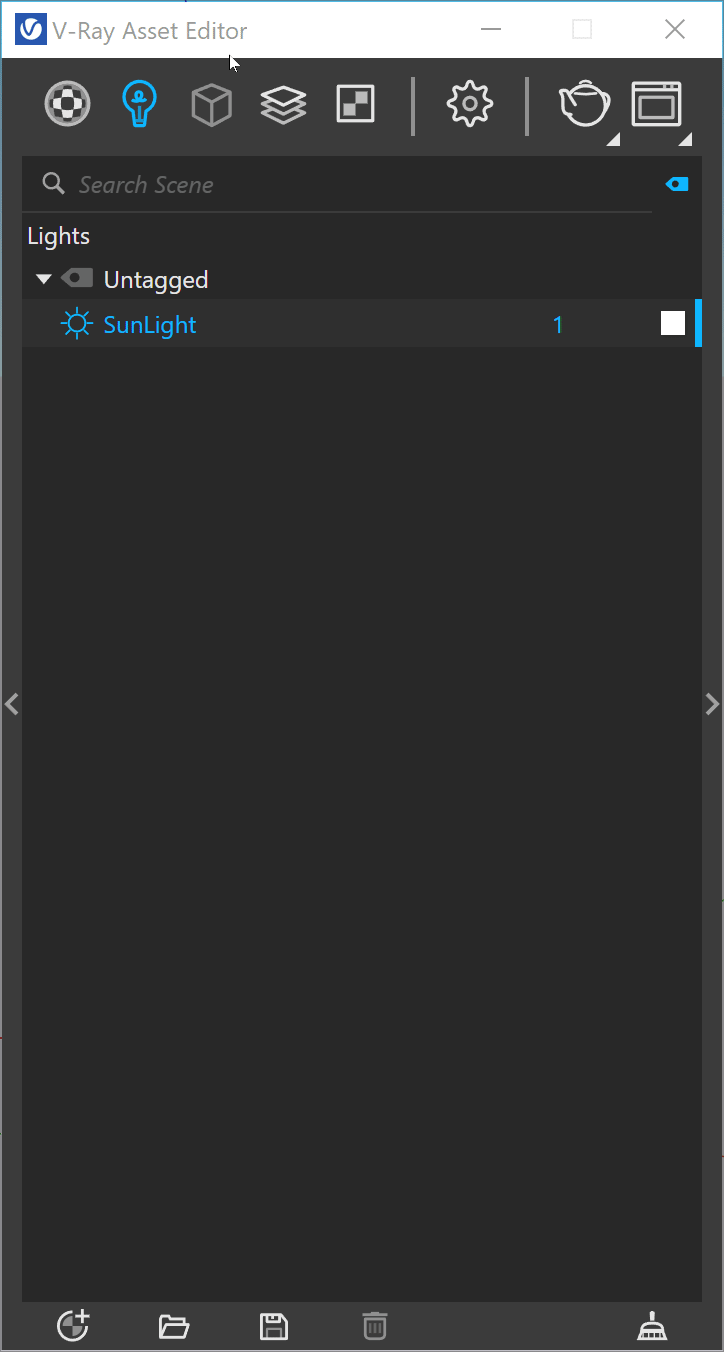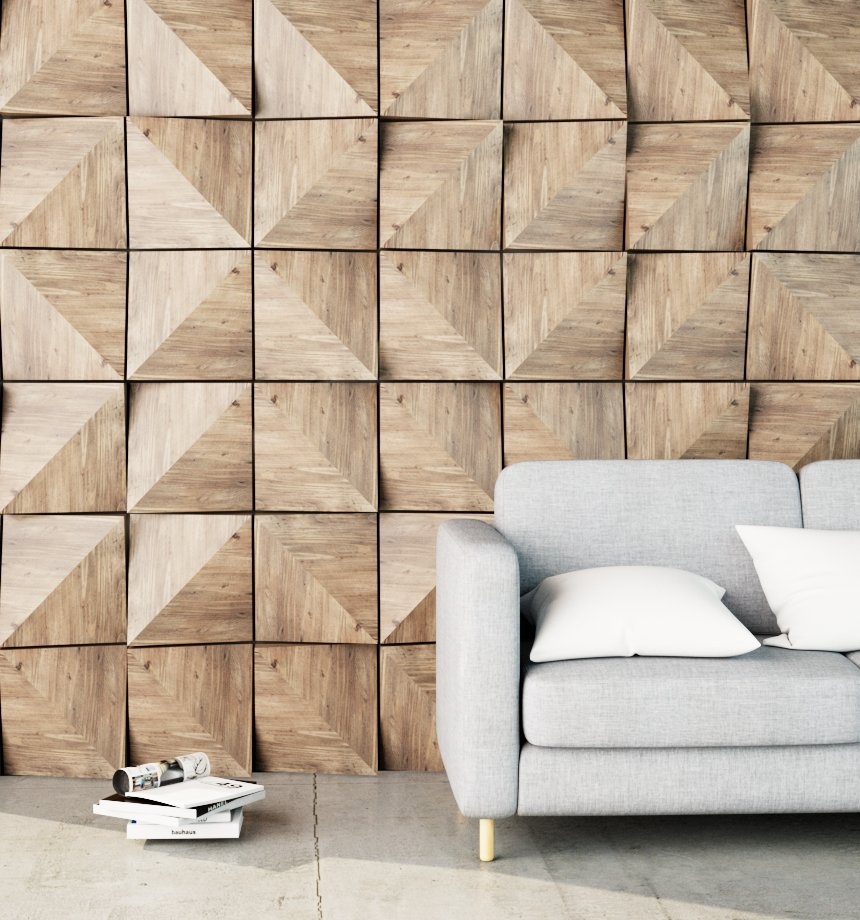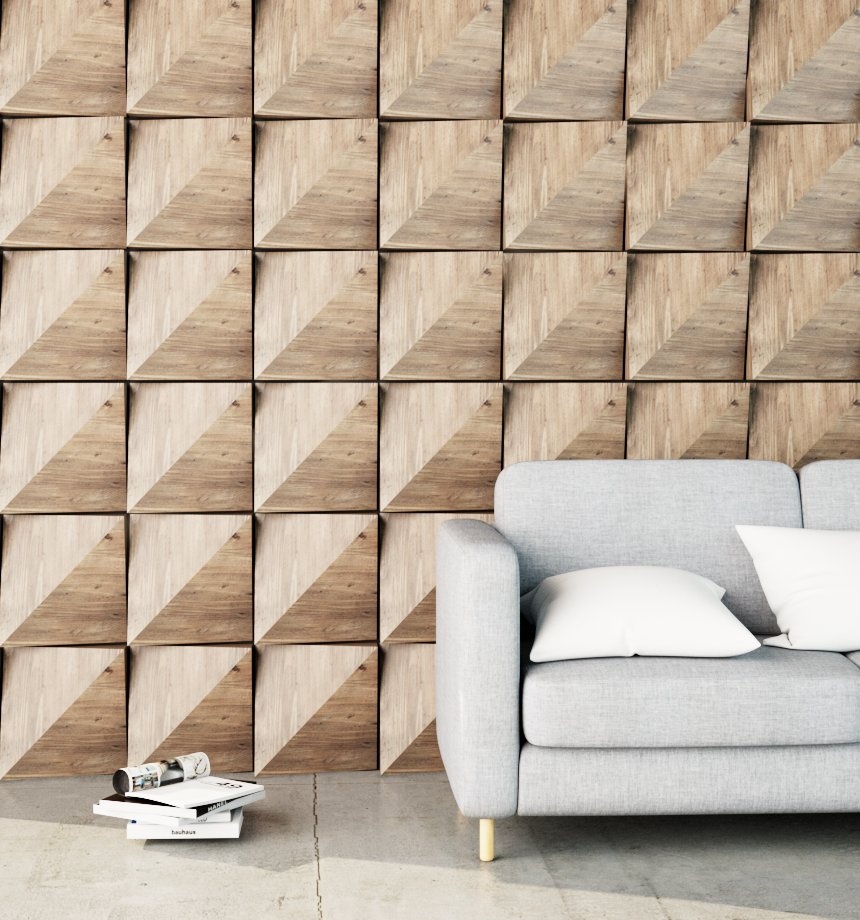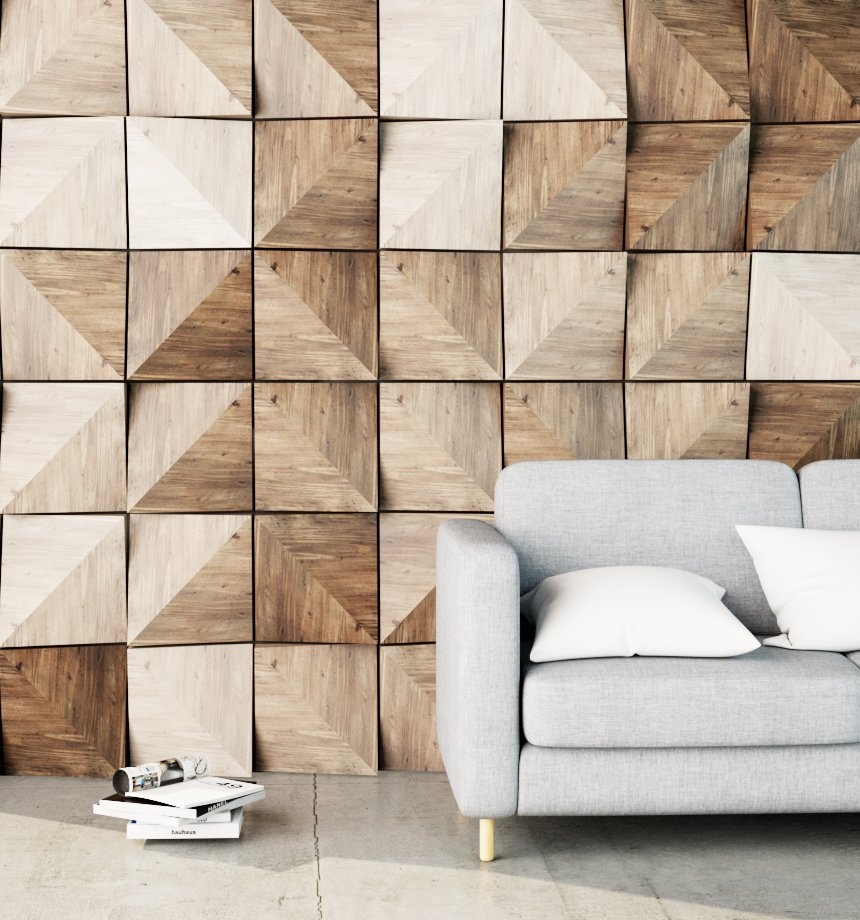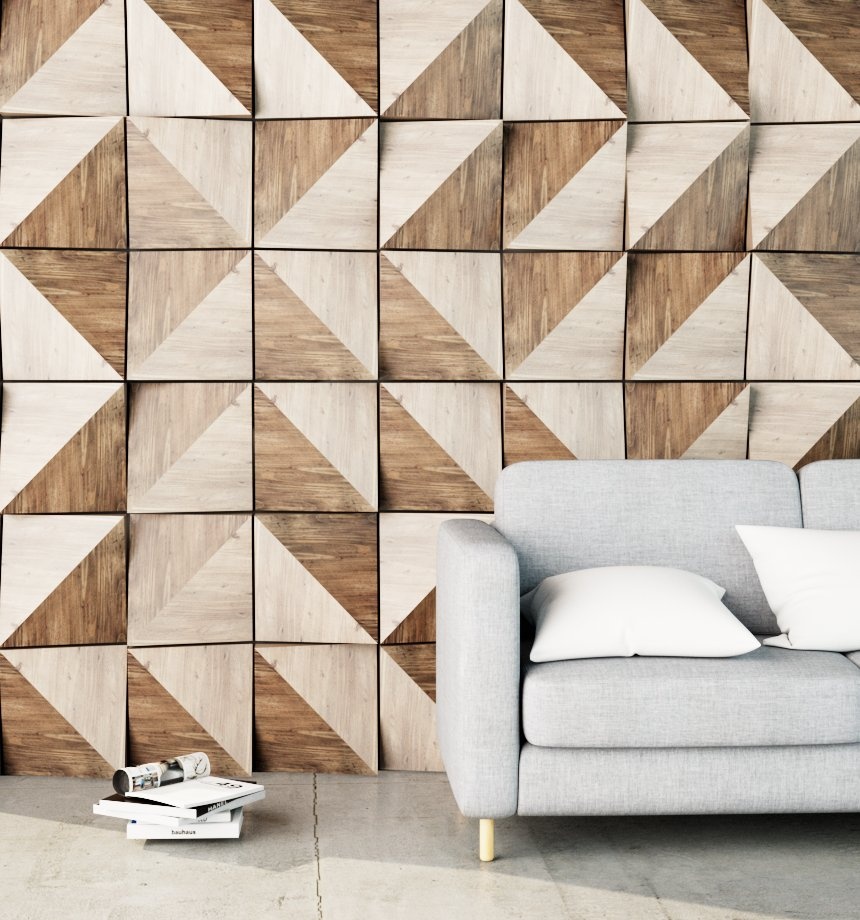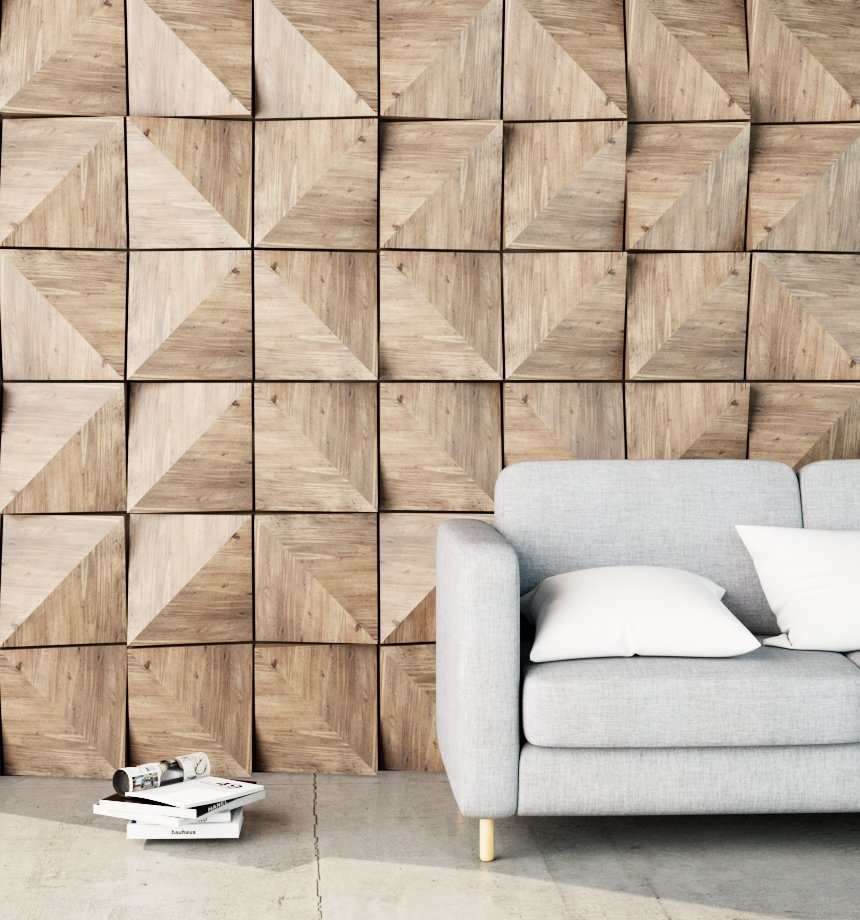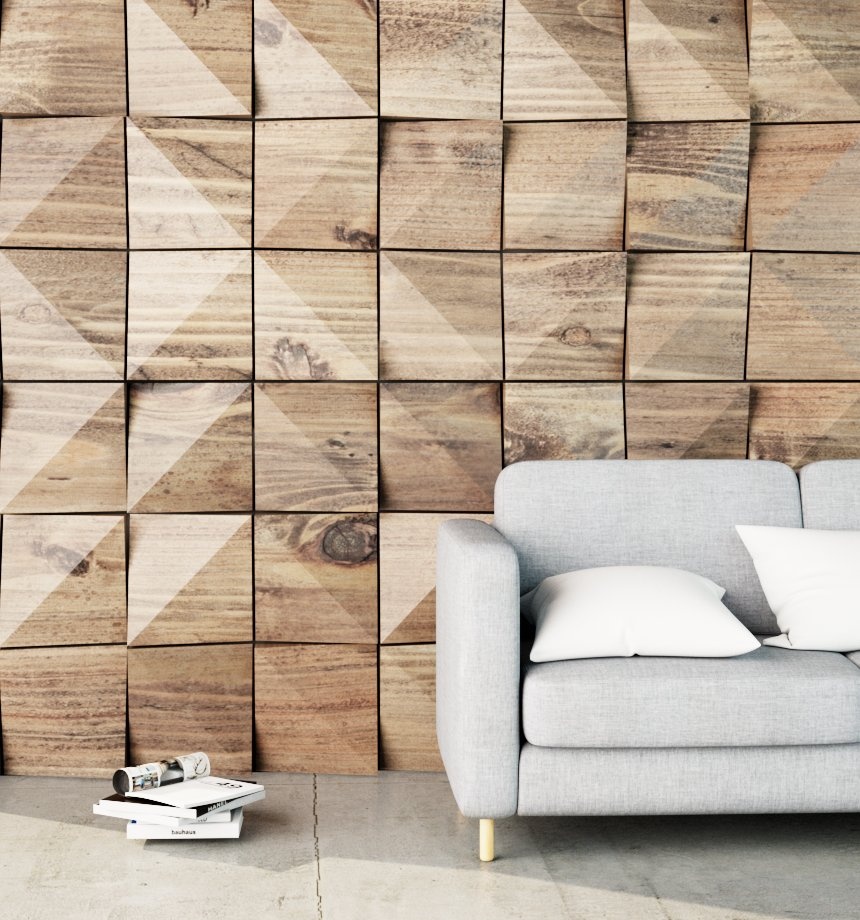This page provides information on V-Ray Enmesh.
Overview
The V-Ray Enmesh modifier 'coats' an object’s surface with a repeating pattern of a rendered geometry that follows the UVW space of that geometry.
UI Paths
||V-Ray Asset Editor|| > Geometries (right-click) > Enmesh
||V-Ray Asset Editor|| > Create Asset (left-click) > Geometries > Enmesh
||V-Ray Objects Toolbar|| > Add Enmesh to Selection
SketchUp Menus Ribbon
||Extensions|| > V-Ray > Objects > Add Enmesh to Selection
Creating V-Ray Enmesh
V-Ray Enmesh is created with two types of objects – Base objects and Reference objects (Patterns), which are used to replace the Base object's surface.
To remove an assigned Enmesh from a selected object, use the Remove from Selection context option.
Parameters
Add objects – Add scene objects that will replace the base object's surface.
Spacing X – Determines the distance between the items along X axis measured in project units.
Spacing Y – Determines the distance between the items along Y axis measured in project units.
Spacing Z – Determines the distance between the items along Z axis measured in project units.
Tiling U – Determines how many times the element is repeated in U direction.
Tiling V – Determines how many times the element is repeated in V direction.
Height (%) – Scales the height of the replicated element.
Height offset (%) – Determines the elements' offset from the Base surface in relation to the element's height.
Offset U – Offsets the elements in the U direction.
Offset V – Offsets the elements in the V direction.
Random Offset U – Applies a random offset of the elements in the U direction.
Random Offset V – Applies a random offset of the elements in the U direction.
Rotation – Determines the rotation of the pattern elements.
Random Rotation – Rotates each element with a random angle ranging between 0 and the +/- Random Rotation value.
Use Rotation Step – When enabled, Random rotation is based on a 360/X where X is Steps count. For example, if Random rotation is set to 4, the pattern mesh is randomly rotated on a 90 degrees step (360/4) - 0, 90, 180, 270, 360 (0). If there is also a Rotation set, for example to 30 degrees, there is a 30 degrees offset - 30, 120, 210, 300, 390 (30).
Options
Map Channel – Determines the mapping channel to be used when positioning the elements.
Use Items UVs – When disabled the base mesh UV mapping (texture placement) overrides the UVs of the items. Each item (pattern object) will inherit the UV coordinates of the point of the base mesh that lies below.
When enabled the original item UVs are used instead.
Use Items Mtl IDs – When enabled the original item material IDs are used. When disabled the base mesh IDs override the IDs of the items. Each item will inherit the ID of the face of the base mesh that lies below.
Examples
Reference Object used for building a pattern:
The geometries which are repeated are the parts of the Reference Object which are inside of the Bounding Box. By default the Bounding Box encloses all the Reference Objects added.
The Bounding box can be changed with the Spacing X, Spacing X and Spacing Z parameters. Positive values for Spacing increases the Bounding Box of the Reference Objects
and this way creates distance between the items. Negative values clip away parts of the Reference objects.
Tiling
Spacing
Rotation
Randomization with Multi-Sub Texture: Get ID from set to Random by Instance ID
A material with a Multi-Sub texture in the Diffuse slot is assigned to the Enmesh Host geometry. The Gamma Variation of the texture is randomly changed on each Enmesh Instance.
Randomization with Multi-Sub Texture: Get ID from set to Random by Face Material ID
A material with a Multi-Sub texture in the Diffuse slot is assigned to the Enmesh Host geometry. The Gamma Variation of the texture is randomly changed on each Face material ID of the Reference object. Use "Items Mtl IDs" of the Enmesh needs to be enabled for this option
Randomization with UVW Placement
The Enmesh Use Items UVs needs to be enabled in this case.
Use Items UVs
Footnotes
- VRayEnmesh is incompatible with render-time created geometry like Displacement, Fur and Scatter.
- Scene units in SketchUp are always calculated in inches.

